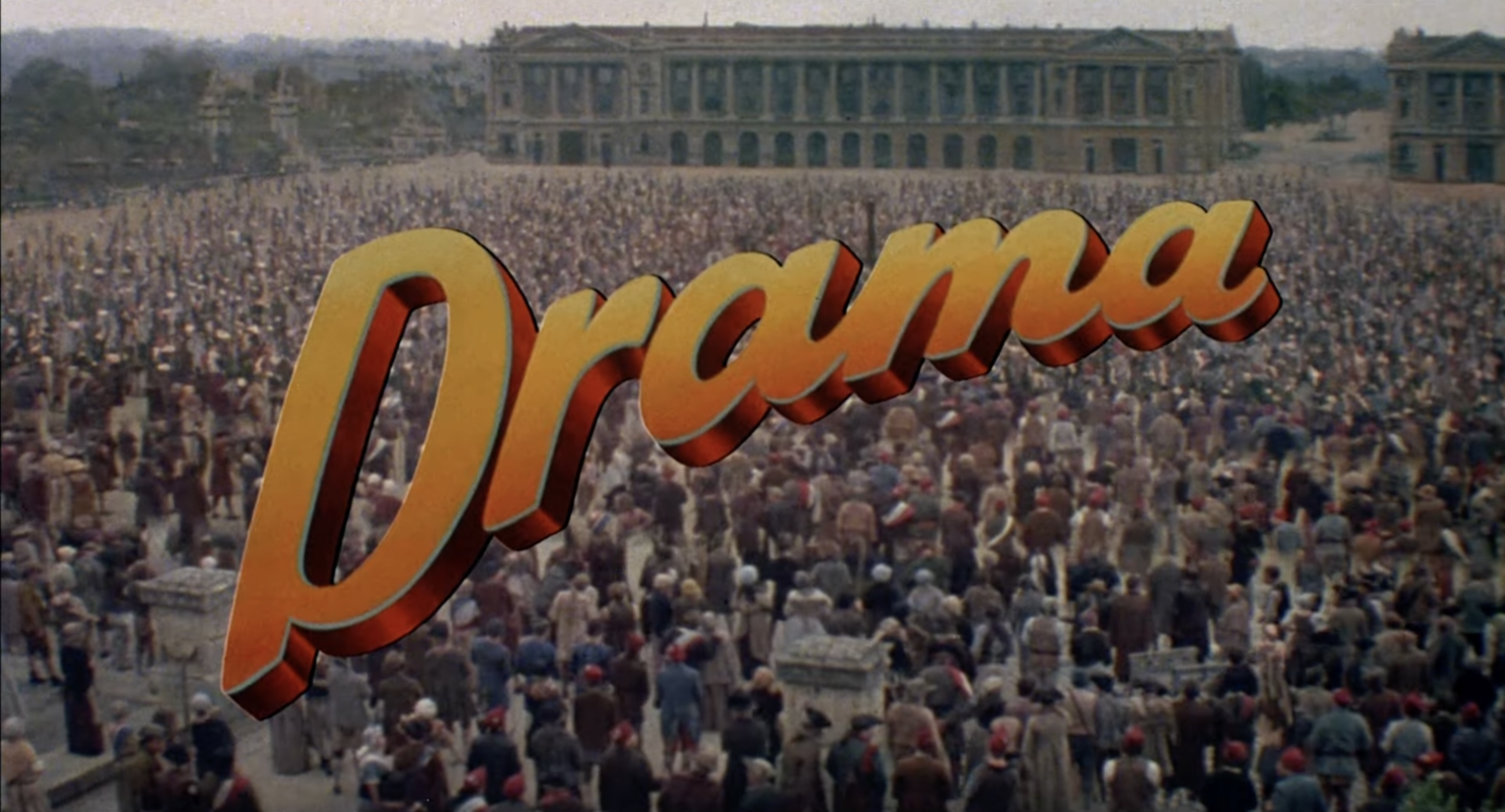Since I remember I have been fascinated with unusual narrative methods, idiosyncrasy and characterization. Setting off to doing the research for this paper, the methods and techniques leading to the creation of such complex, yet dissociated narratives as the ones introduced above, were my focus point. It was a convoluted and unsettling process and the most valuable results came from the most unexpected sources, but I was eventually happy to have stumbled upon some clues that helped me get an understanding of what I was most curious about, so the creative processes behind the aforementioned works that sparked my interest.

In the case of this text, the starting point to my adventure with idiosyncratic narratives has been “A Crack-Up at the Race Riots”. The fragmented narrative proved to work on me, and activate me over the course of many years of me being familiar with it. It’s as entertaining as it is intriguing and leaves you questioning yourself and curious as to whether you as the reader perhaps overlooked a clear metaphorical plot or whether maybe the two-chapter structure signified something intelligible that you just simply missed.
Lev Manovich’s article “Database as a Symbolic Form” somehow directed me to insightful ways of thinking about that book. In the article Manovich talks about the narrative—database opposition in the context of both classic narrative media such as books or movies and new-media objects. He explains the differences between the “user experiences” of works that adapt the database and the narrative model and how through this aspect each one of them reflects their author’s perspective of what the world is like and how it should be represented. He argues that databases and narratives are cultural forms that compete for meaning-making in the human experience. While databases represent the world as a list of unordered items, narratives create cause-and-effect trajectories. The author asserts that in the computer age, databases become central to the creative process, separating content from interface.
Manovich then proceeds to explain “The Semiotics of Database” and explains the syntagmatic dimension as a linear combination of signs with a spatial support and the paradigmatic dimension as the selection of elements from related sets.
Literary and cinematic narratives work in the same way [as natural language]. Particular words, sentences, shots, scenes which make up a narrative have a material existence; other elements which form an imaginary world of an author or a particular literary or cinematic style and which could have appeared instead exist only virtually. Put differently, the database of choices from which narrative is constructed (the paradigm) is implicit; while the actual narrative (the syntagm) is explicit.Lev Manovich
He claims that new media reverses the traditional narrative–database relationship present in the old media, such as novels or traditional cinema—database (the paradigmatic aspect) suddenly becomes tangible, concrete, while narrative (the syntagmatic aspect) is de-materialized [1]. This finds a great application in Korine’s book. The database, so, in this case, the contents of Korine's hyperactive mind are given a material existence as printed words on paper, while the narrative (which in a traditional novel would be THE explicit, tangible thing) can only exist in the viewer’s imagination, becomes somehow the responsibility of the viewer[2].
Another interesting aspect of Korine’s book is that it becomes truly a random-access medium (which actually in Manovich’s opinion any book already is, compared to, say, a movie). It favors the database structure and allows for its reading from all kinds of different directions and sequences. It is truly more of a sort of an encyclopedia than it is a novel[3]. There is no indexing or lineage other than the sequence of the pages and the arrangement of the book into two chapters. In Manovich’s words: there is no algorithm, no explicit, direct interface that allows for structured navigation of the database to the viewer. The viewer is welcome to create their own.